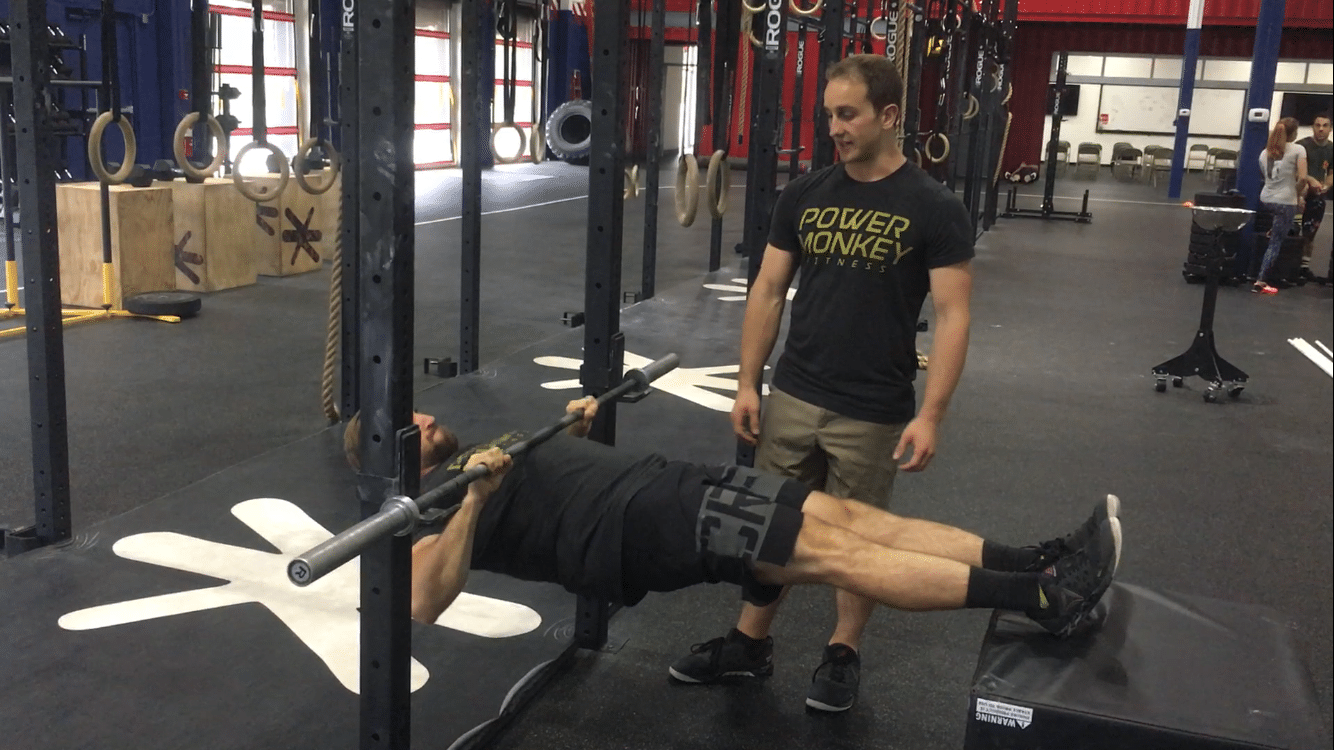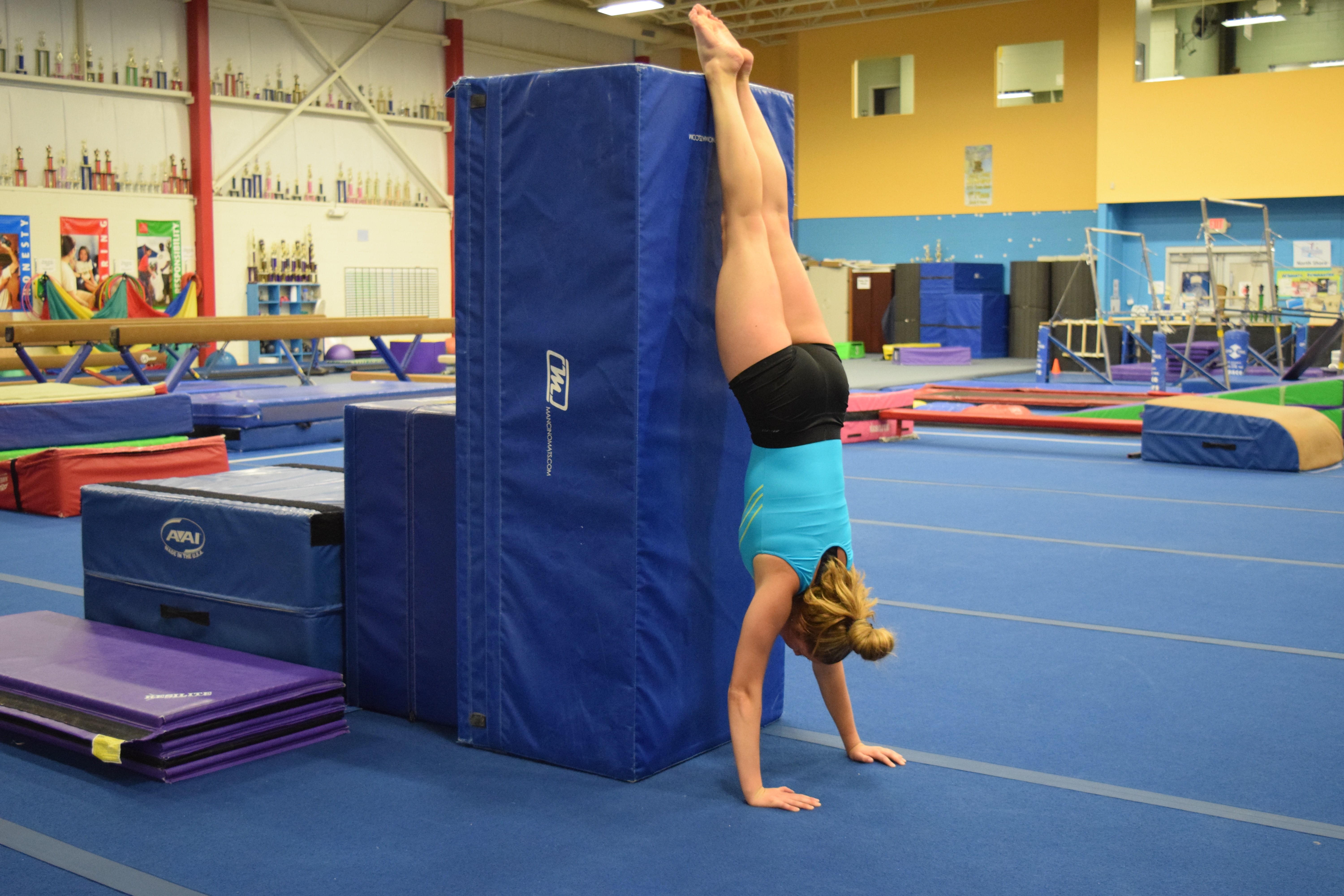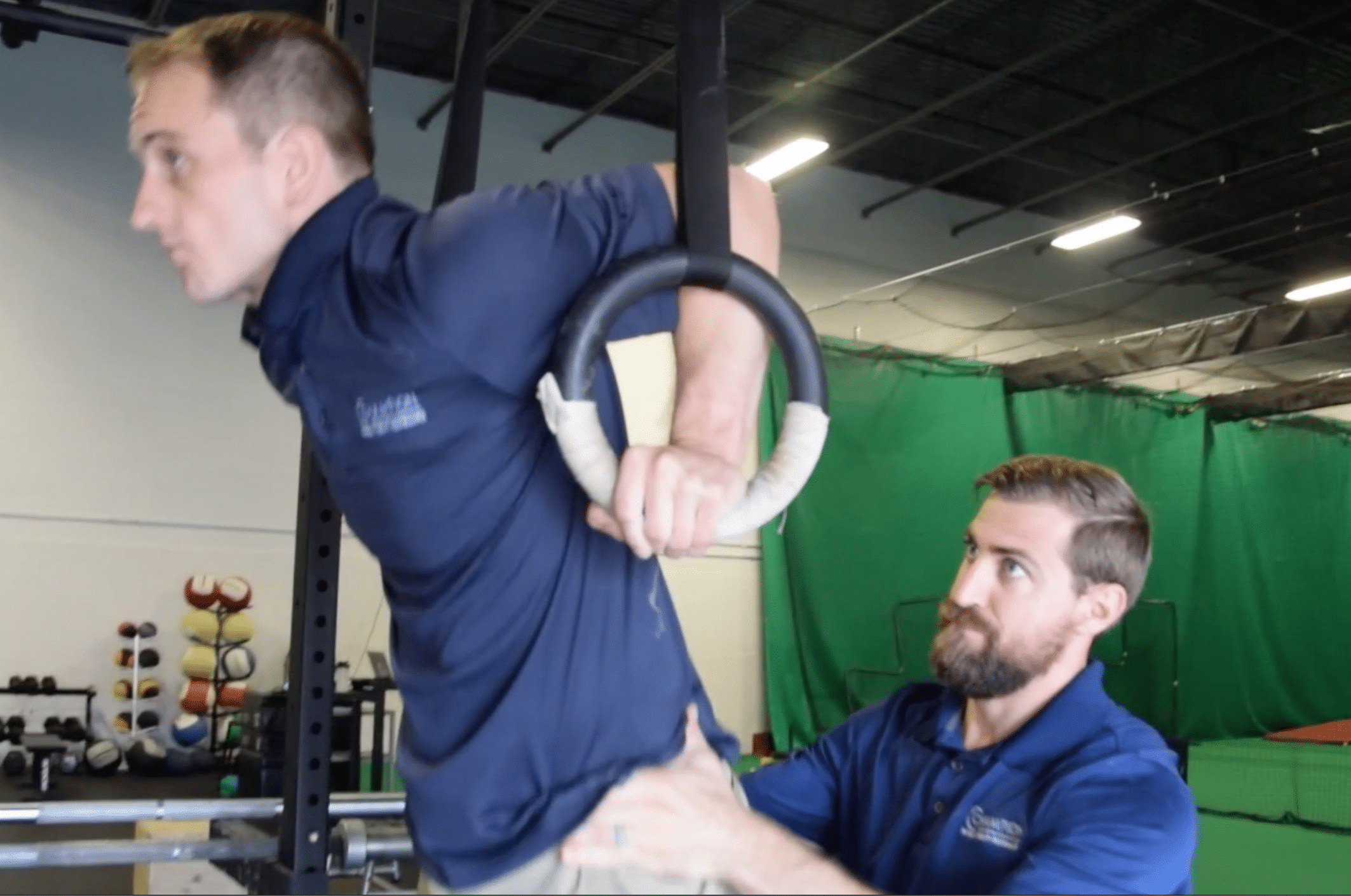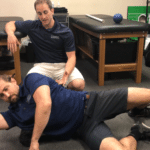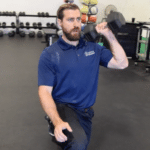Understanding The Shoulder Pain Epidemic in CrossFit Athletes (Part 2 : Rotator Cuff Strength and Upper Body Balance)
Last week in Part 1 of this articles series, Dan and I offered two videos diving into how assessments and targeted mobility work can greatly help for CrossFit athletes who struggle with shoulder pain. Today in Part 2 we want to cover one of the most crucial areas to shoulder health in anyone training CrossFit: rotator cuff strength work, and horizontal pulling balances. Unfortunately, this is also an area that we see often overlooked in athletes from the recreational level all the way up to professional Regional/Games level athletes.
Research Notes
Just as with last week, Dan and I really believe in educating people with a combination of practical training tips but also evidence based science that is available. If you are someone who wants to dive more into the research, here are some great studies to check out.
- Reinold MM1, Escamilla RF, Wilk KE. Current concepts in the scientific and clinical rationale behind exercises for glenohumeral and scapulothoracic musculature. J Orthop Sports Phys Ther. 2009 Feb;39(2):105-17. doi: 10.2519/jospt.2009.2835
- Wilk, Kevin E., Macrina, Leonard C., Cain, Lyle E., Dugas, Jeffrey R. The Recognition and Treatment of Superior Labral (SLAP) Lesions in the Overhead Athlete. Int J Sports Phys Ther. 2013 Oct; 8(5): 579–600.
- Wilk KE, Macrina LC, Reinold MM. Nonoperative rehabilitation for traumatic and atraumatic glenohumeral instability. North Am J Sports Phys Ther 1(1):1631, 2006.
- Brown DP, Freeman ED, Cuccurullo S, et al. Shoulder Disorders. In: Cuccurullo S, editor. Physical Medicine and Rehabilitation Board Review. New York: Demos Medical Publishing; 2004.
- Escamilla, R., Yamashiro, K.,Paulos, L., & Andrews, J .(2009). Shoulder muscle activity and function in common shoulder rehabilitation exercises. Sports Medicine, 39 (8), 663685
- Lukasiewicz AC, McClure P, Michener L, et al. Comparison of 3dimensional scapular position and orientation between subjects with and without shoulder impingement. J Orthop Sports Phys Ther. 1999;29:574–583.
- McClure, P., Michener, L., & Karduna, A. (2006). Shoulder function and 3dimensional scapular kinematics in people with and without shoulder impingement syndrome. Physical Therapy, 86 (8), 10751090.
Stay tuned for next week where Dan starts to dive into concepts related to programming, periodization, and training load. For now, hope this is helpful!
Dave Tilley DPT, SCS, CSCS

